What is it about tide pools that makes them so fascinating? Perhaps it’s the brightly colored creatures, or maybe the calm way the kelp waves in the tidal currents, or the feeling we are peering into a small secret world, but I could contentedly gaze into a tide pool for a very long time. Growing up where tide pools are abundant along the rocky shores of the Strait of Juan De Fuca, I went on so many school field trips to look at the tide pools out at Salt Creek, I decided at some point that it was boring. Maybe it was 15 years of absence that finally made me appreciate this world-renowned wonder of marine biology right in my backyard that I took for granted. After visiting enough tide pools down here in Oregon and coming away saying, “That was nice, but I could show you some REAL tide pools where I’m from,” I realized I was lucky to have that first-hand naturalist education right in my back yard.
I decided to take a vacation back home for spring break, and share the natural wonders of my childhood home with my partner who, being from the Midwest, did not grow up with tide pools. Salt Creek Recreation Area was on our must-visit list, and fortunately my good childhood friend just got a little homestead mere minutes from this amazing spot. We rounded up my friend and her daughter one evening during a low tide and were off on a tidepooling adventure.
The tide levels really fluctuate at Salt Creek with the beach being so flat, and at a high tide, you can barely get around the edges of the cliff to get anywhere. At a low tide, however, a rock island with a little forest on top is exposed, along with a rocky shelf coming out to a point covered in pools, mussels and kelp. I hadn’t caught a tide this low out there in years, so our timing for a visit couldn’t have been better.
Almost right away, Corey said he had found some kind of blue shell. It was a Chiton shell, one of my favorites I learned early on from those many field trips. These mollusks, also called “sea cradles” are protected by eight overlapping shell plates that provide armor from above, but allow the flexibility to move and curl up in a ball when necessary. They are exclusively a marine creature, mostly found in intertidal zones. I always loved them for their bright blue shells, but I also found out reading up on them that they were a common food of indigenous people in this area, and similar to abalone. Now that I know they are a wild food, I like them even more.
Although there weren’t a lot of them out on this particular day, we saw one enormous Star Fish. These are the most common and well known marine invertebrate, found clinging to rocks exposed at low tides. They get around with tube feet on their undersides operated by natural hydraulics and you may be surprised to hear that although cute and seemingly benign, they are actually predators of smaller sea creatures. They also possess the ability to regenerate missing arms. Knowing all this makes them slightly more creepy, but still a fun find.
We saw quite a few Sea Anemone out on the rocks. They are named for the flower they resemble, but my friend said she always grew up thinking they were called “sea enemies.” This name isn’t too far off the mark, because in spite of their flowery name and appearance, they are actually predatory polyps that close up on and digest unsuspecting prey that comes along. They are very sneaky.
Down in the bottom of one pool we spotted a couple of Sea Urchins. They are also known as “sea hedgehogs”, and to the name “urchin” as this was an old common name for pesky hedgehogs in British gardens. These spiny critters were a lovely bright purple, but they can also be green, red, blue and brown. I have run across their roe at sushi restaurants and am not a fan, but I hear the Urchins themselves are a common food of sea otters, star fish and eels. Somehow they look past the spines.
Another fun find was this little Shore Crab scuttling around the rocks near the edge of a pool. Even though they are thoroughly crabby, I really enjoy watching them dart in and out beneath the kelp, and the fun surprise of picking up a rock and having crabs of all different sizes scatter everywhere.
I also found what I think was a Red Rock Crab with a full egg sponge. There is a good website for identifying tide pool crabs from Washington State Fish and Wildlife: Crab Identification and Biology.
It was a lot of fun to re-visit this childhood activity as an adult, approaching it with a new level of appreciation. I have made sure to take my kids tidepooling on our visits up the Washington coast, and finding new spots in Oregon. Although they haven’t had the experience of numerous marine science field trips like I did, I am glad they know their tide pool creatures just as well as native plants and wildlife, and have an appreciation for what goes on under the surface of the water. It’s a big world out there, with a vast ocean and the more we know about the other creatures living in it, the more we get a picture of where we fit into all of it. We have a lot to learn from tide pool adventures.
Here is a good link on tidepooling with kids from the Washington Trails Association:
And one from The Olympic National Park Service:
There is a lot to learn at the Feiro Marine Life Center on the waterfront in Port Angeles:
If you want a more educational experience, I know a great outdoor guide to go with:
And Finally, the link to Salt Creek Recreation Area: Salt Creek Recreation Area
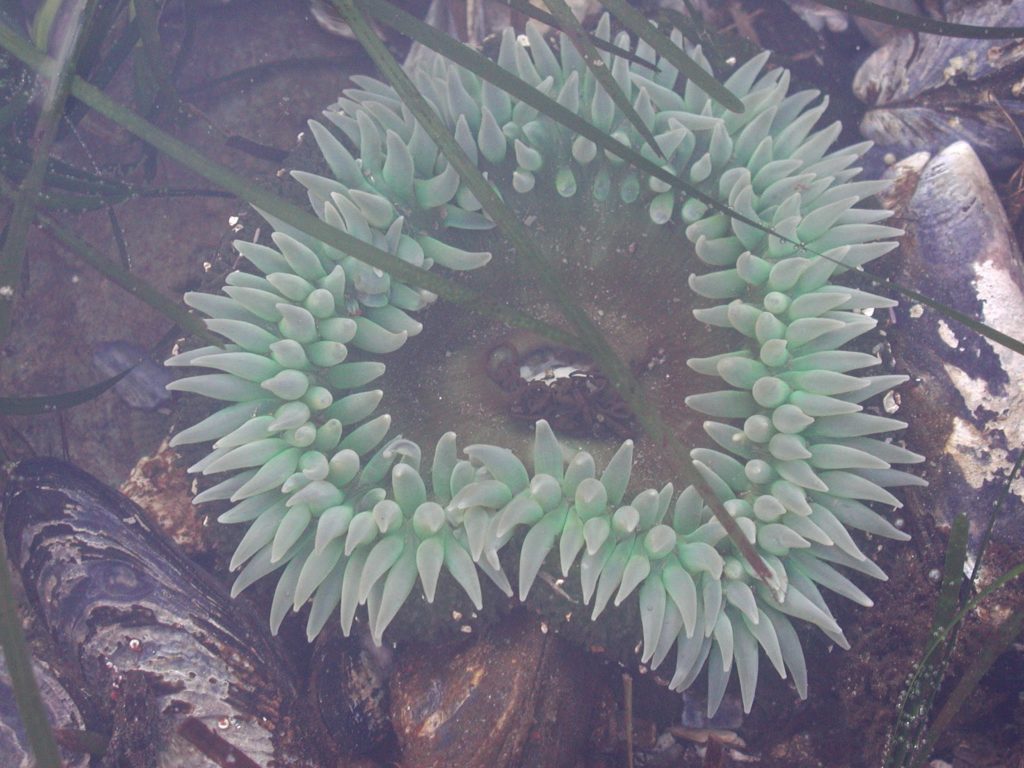
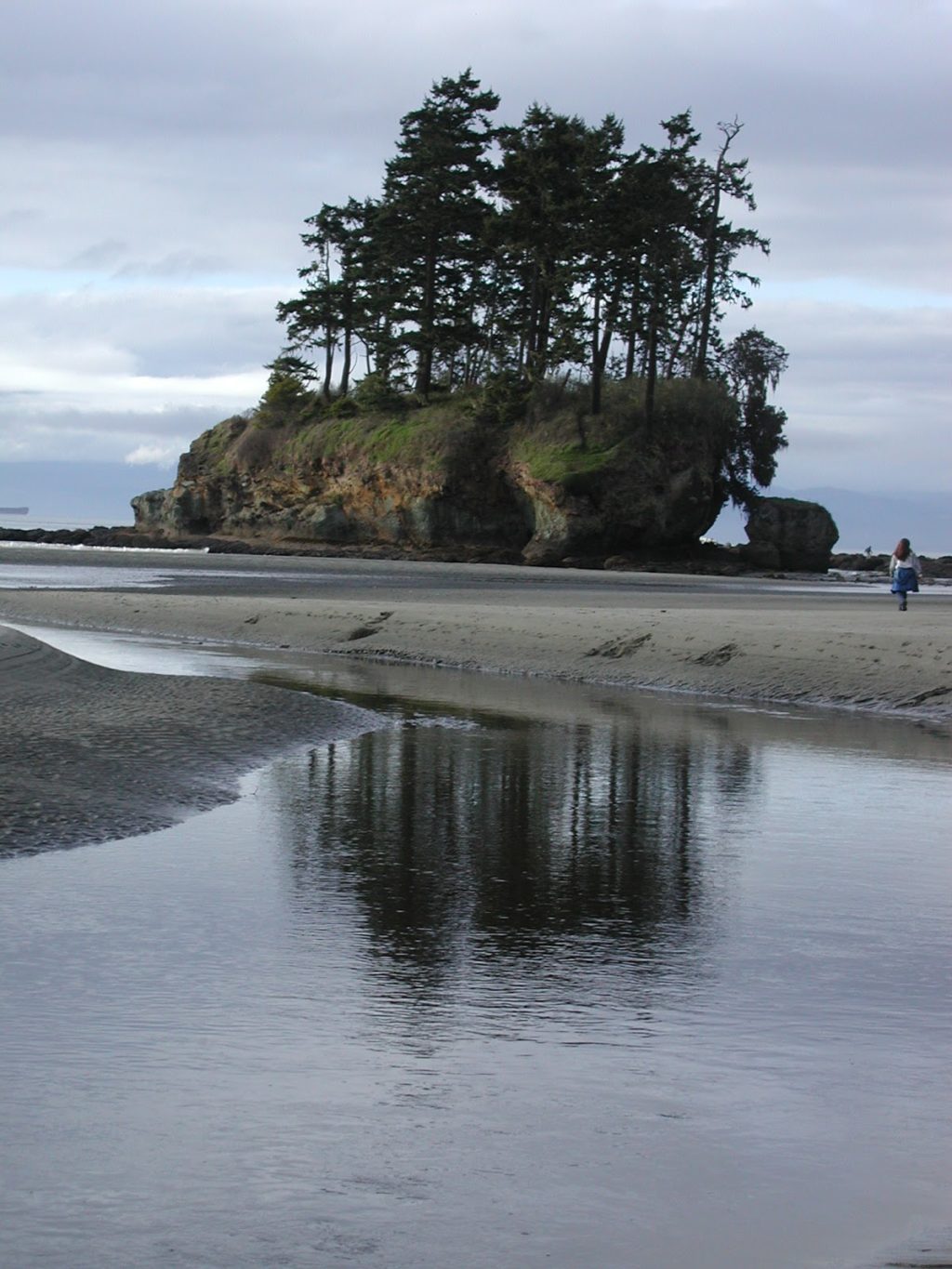
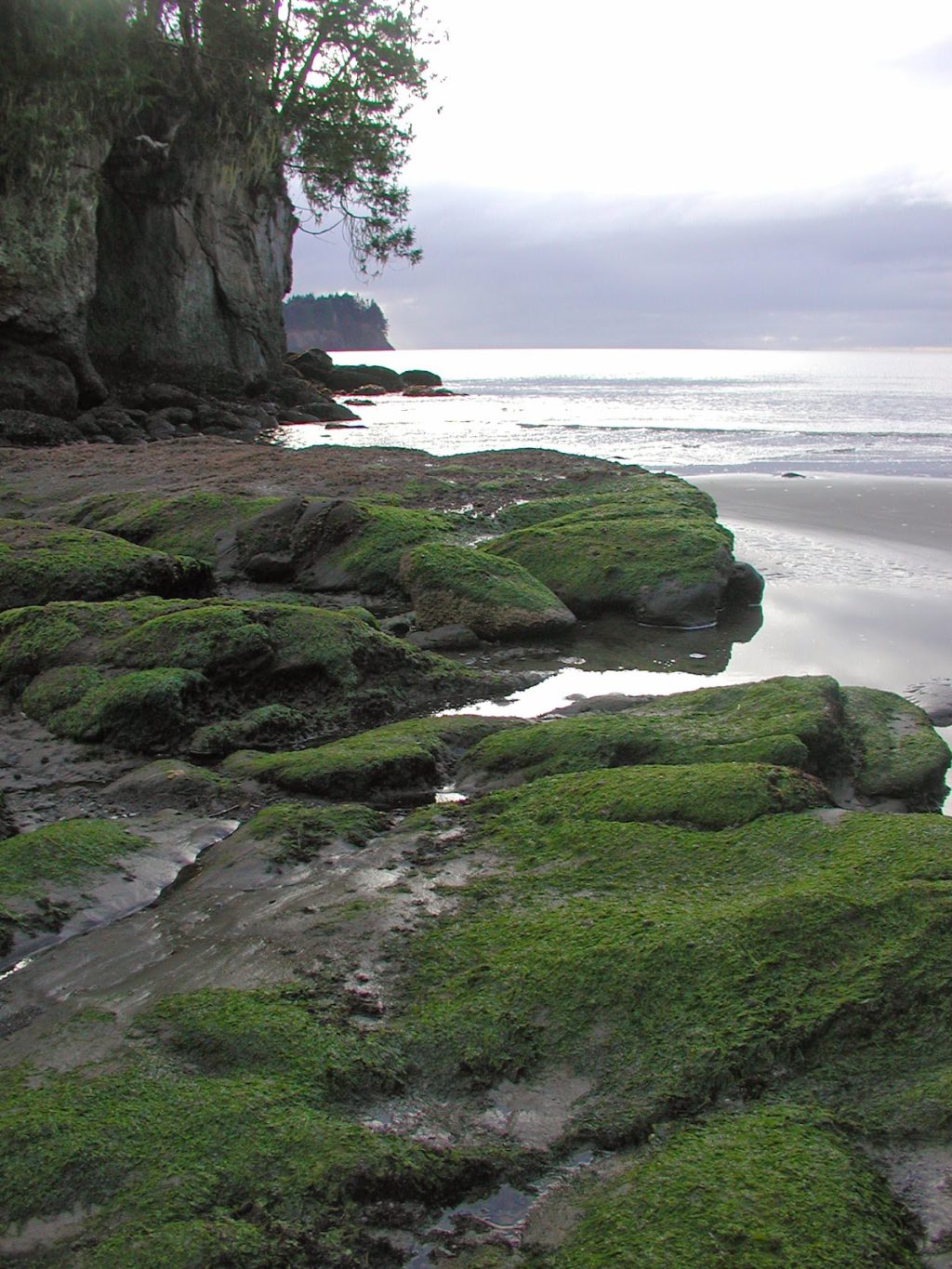
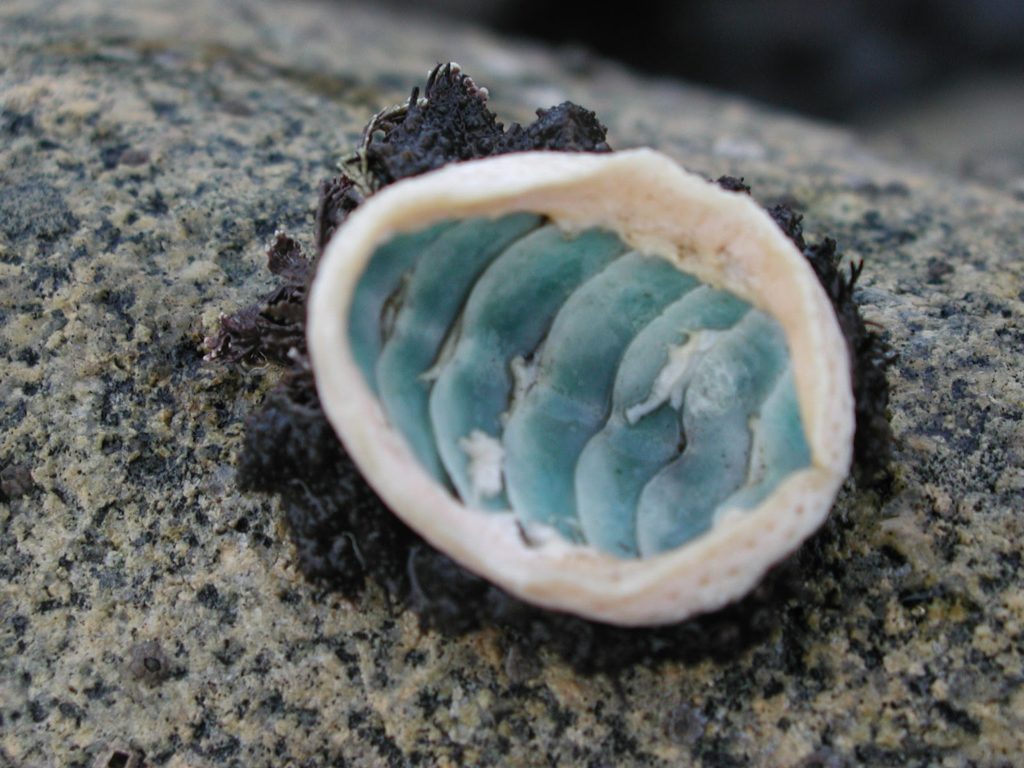
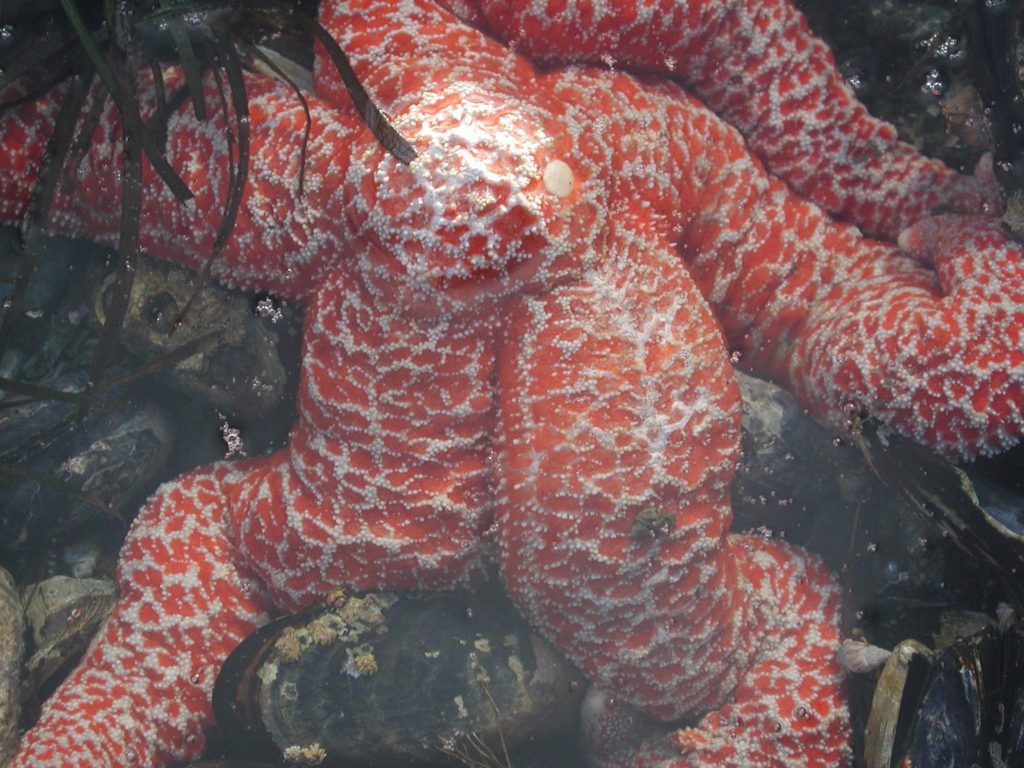
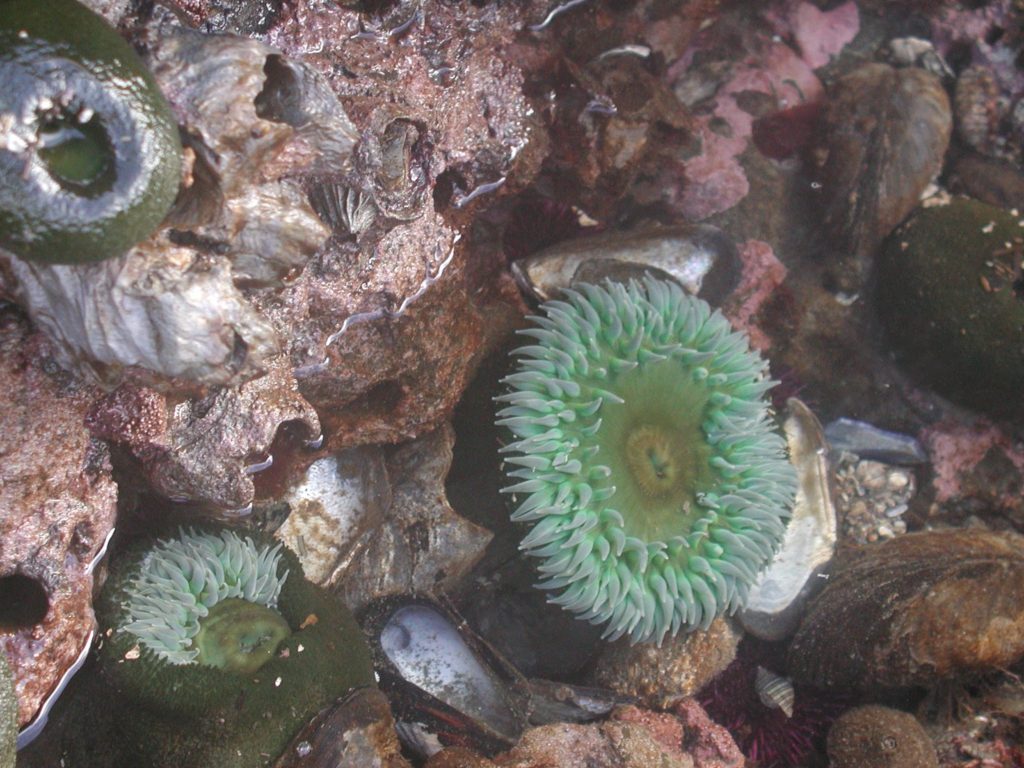
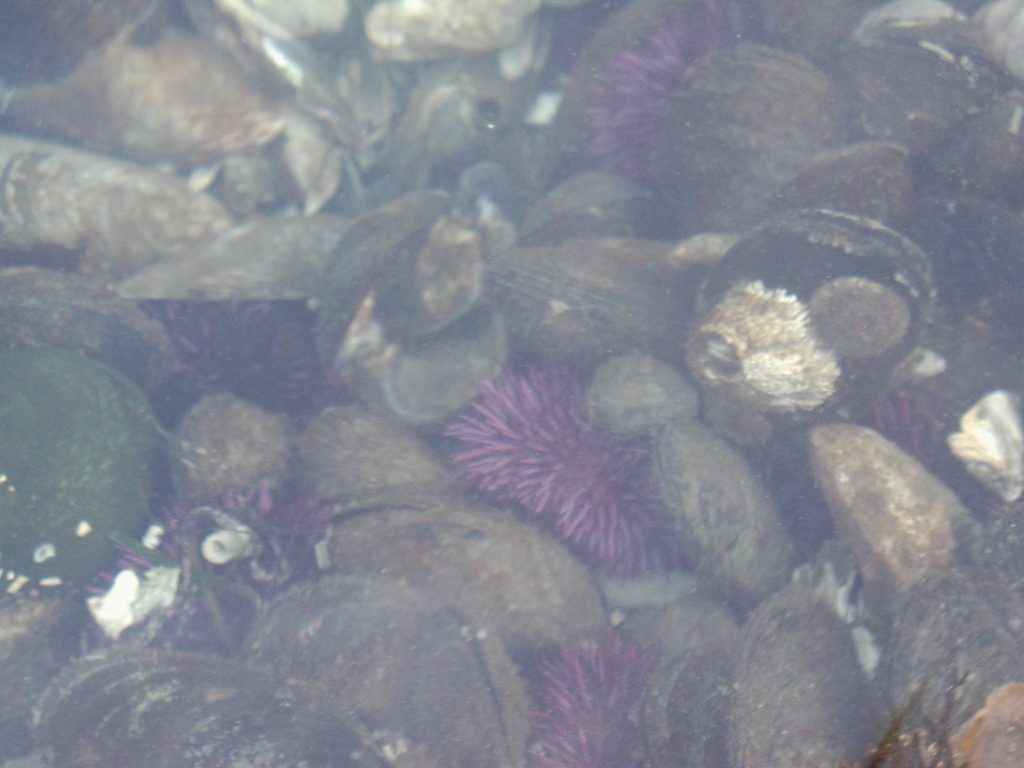
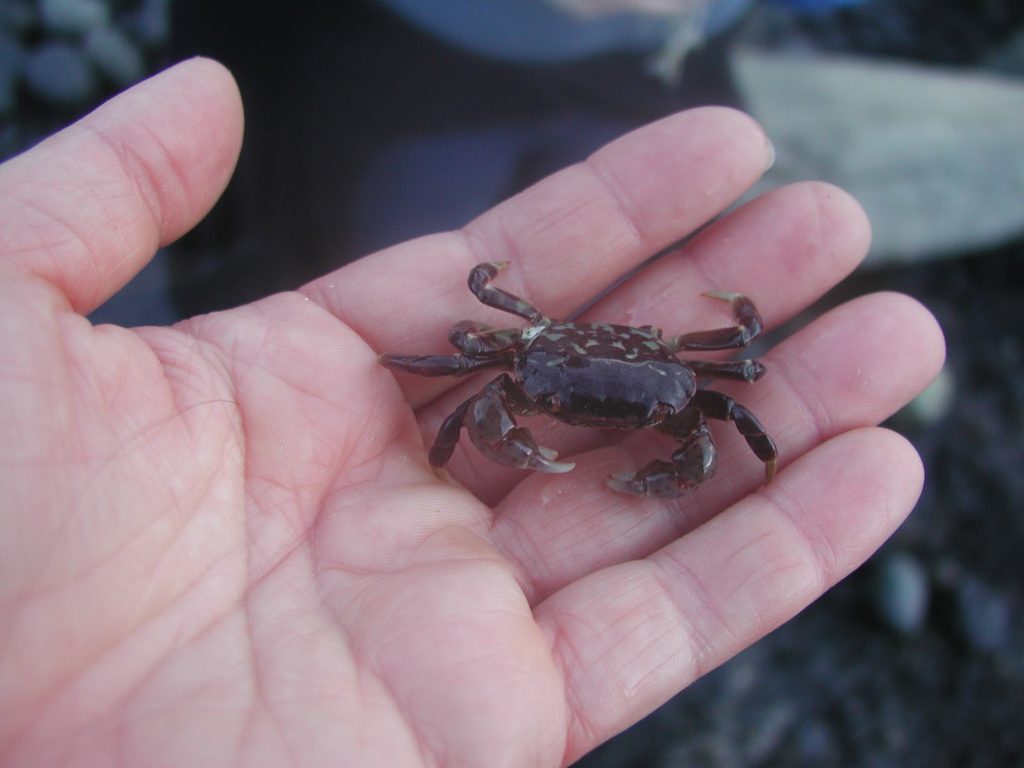
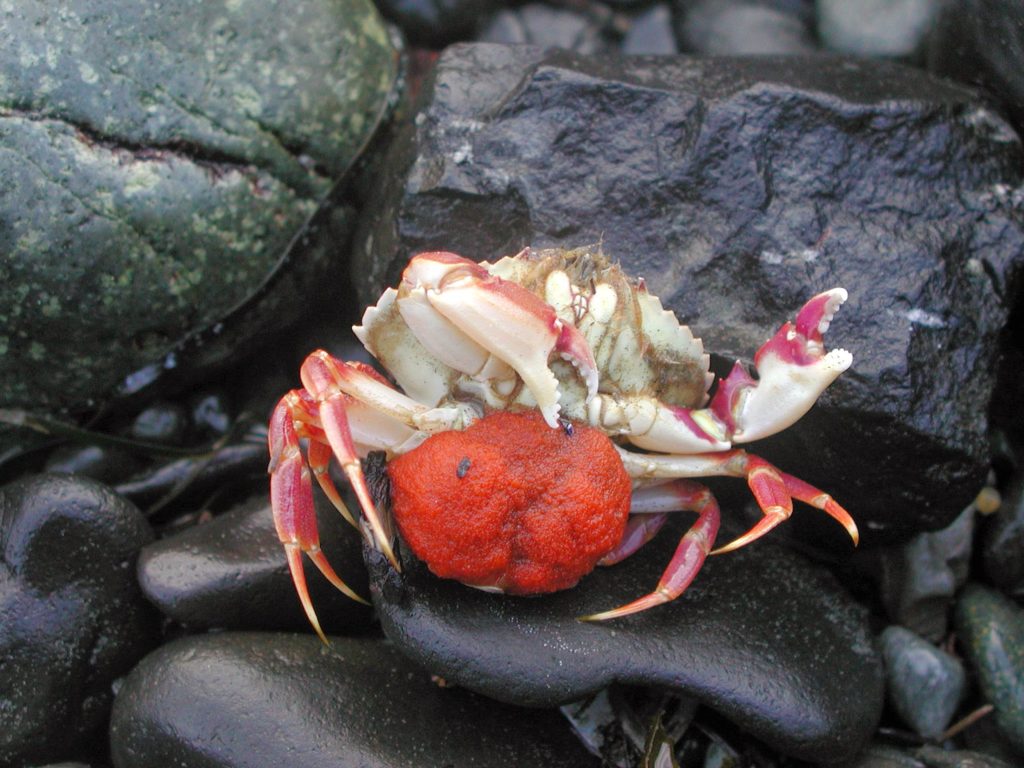
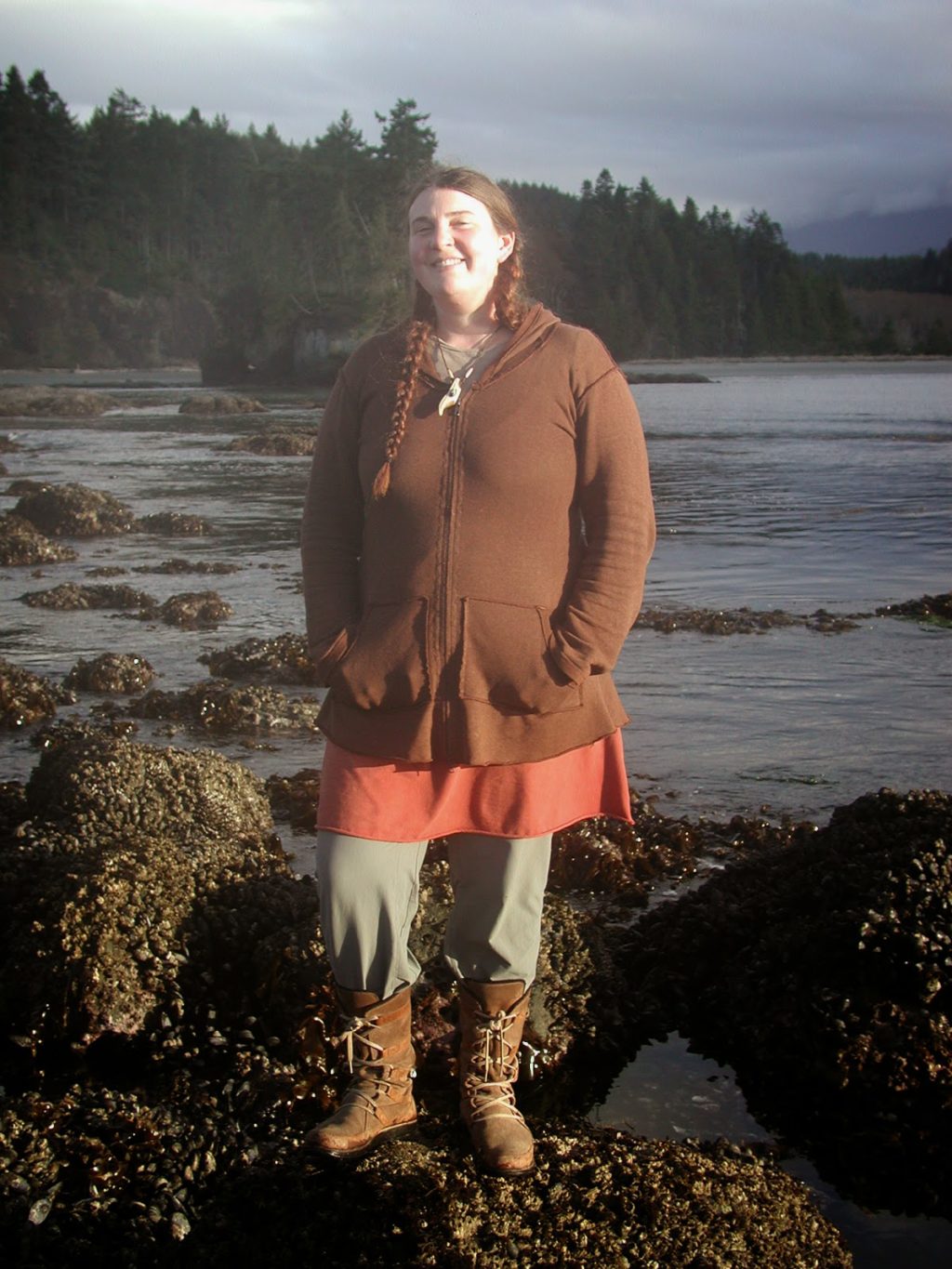
Leave a Reply